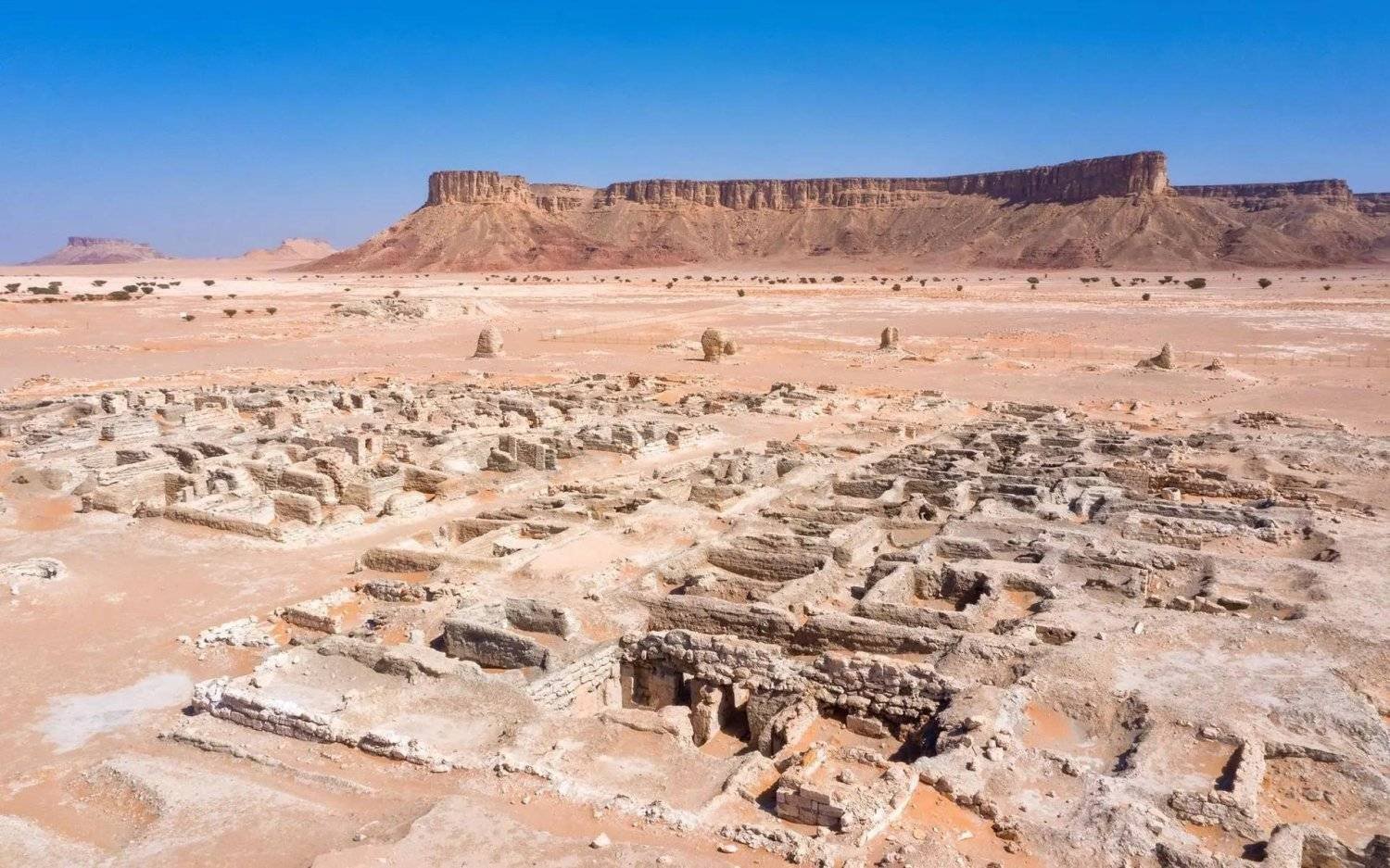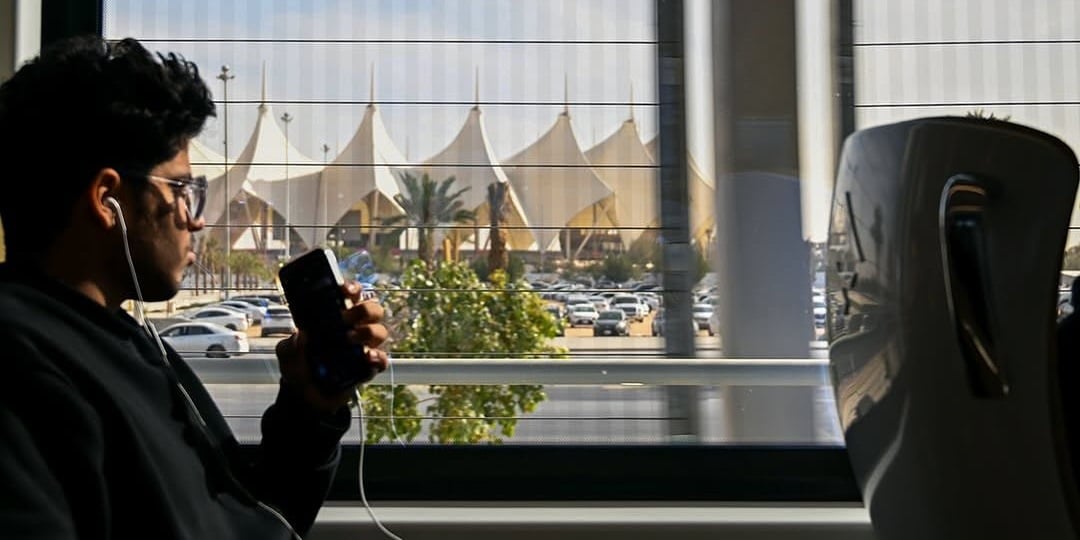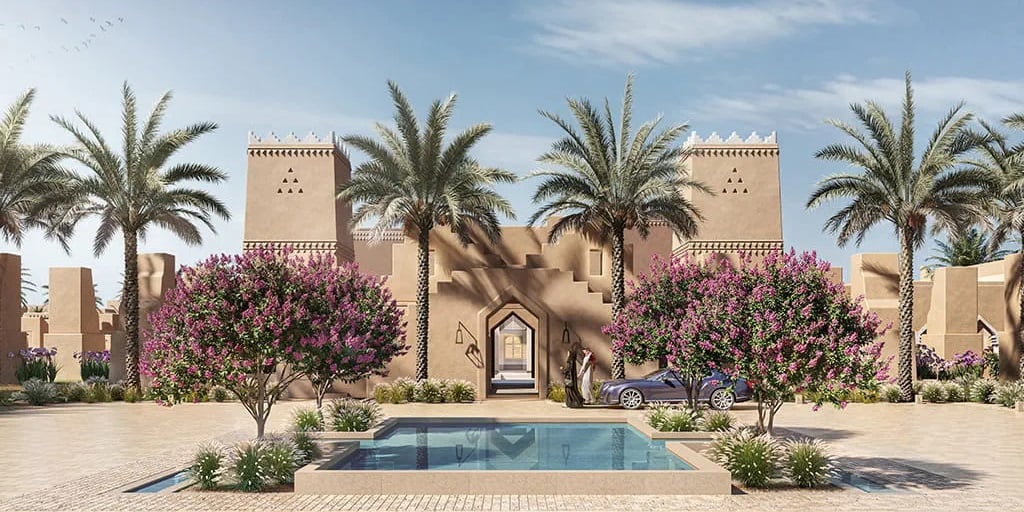Saudi Arabia has proudly welcomed its eighth UNESCO World Heritage Site, Al-Faw. Nestled in Wadi Ad-Dawasir, between the Empty Quarter and the Tuwaiq mountain range, Al-Faw’s designation as a UNESCO site highlights its significant historical and cultural value.
Al-Faw was a key point on ancient trade routes, bustling with activity for thousands of years. Archaeologists have unearthed approximately 12,000 remains at the site, revealing tools from the Palaeolithic and Neolithic eras, intricate rock carvings, and an advanced ancient water management system. This area was a thriving settlement until it was abandoned around the fifth century CE. Throughout its long history, Al-Faw was home to three distinct populations, each contributing to its rich tapestry of human habitation.
The discoveries at Al-Faw offer a fascinating glimpse into early human civilization in the Arabian Peninsula. The site showcases evidence of human activity dating back over 6,000 years, from prehistoric times to the late pre-Islamic era. The remnants of the forgotten city of Qaryat Al-Faw and the mountain of Khashm Qaryah stand as silent witnesses to the region’s storied past.
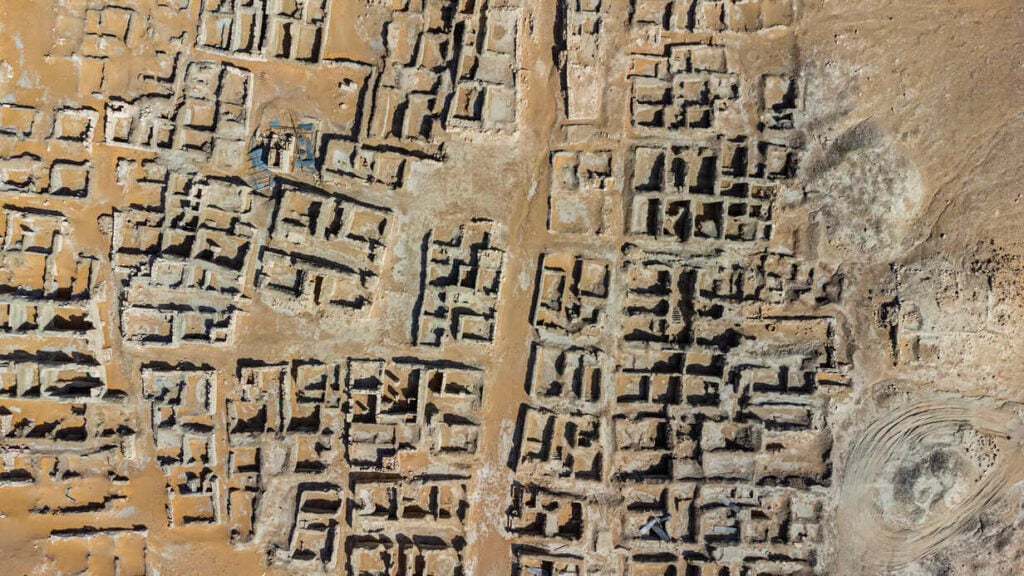
Saudi Arabia’s UNESCO Heritage
With the addition of Al-Faw, Saudi Arabia now boasts eight UNESCO World Heritage Sites. These include:
- Al-Hijr (Madain Salih) – added in 2008
- At-Turaif District in Diriyah – added in 2010
- Historic Jeddah (Al-Balad) – added in 2014
- Rock Art in Hail Region – added in 2015
- Al-Ahsa Oasis – added in 2018
- Hima Cultural Area – added in 2021
- Uruq Bani Ma’arid Reserve – added in 2023
Each of these sites represents a unique piece of the Kingdom’s rich cultural and natural heritage, preserved for future generations.
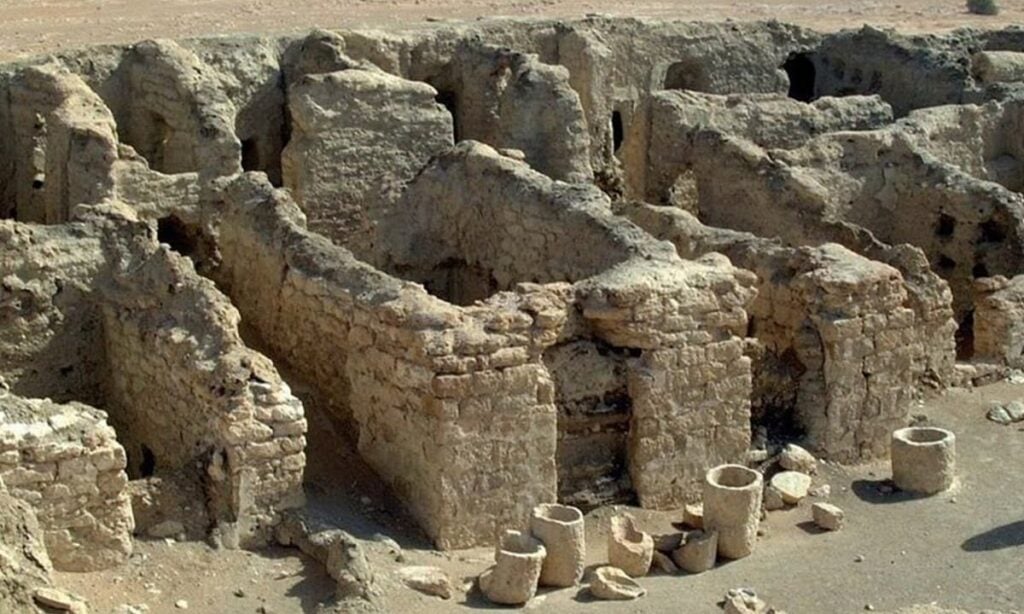
UNESCO aims to identify, protect, and preserve cultural and natural heritage around the world. Since the creation of the Convention Concerning the Protection of the World Cultural and Natural Heritage in 1972, UNESCO has played a crucial role in safeguarding sites of outstanding universal value.
Al-Faw’s recognition as a UNESCO World Heritage Site is a significant milestone for Saudi Arabia, highlighting the Kingdom’s commitment to preserving its historical treasures. This latest addition not only enriches Saudi Arabia’s cultural heritage but also invites the world to explore and appreciate the rich history embedded in its landscapes.



